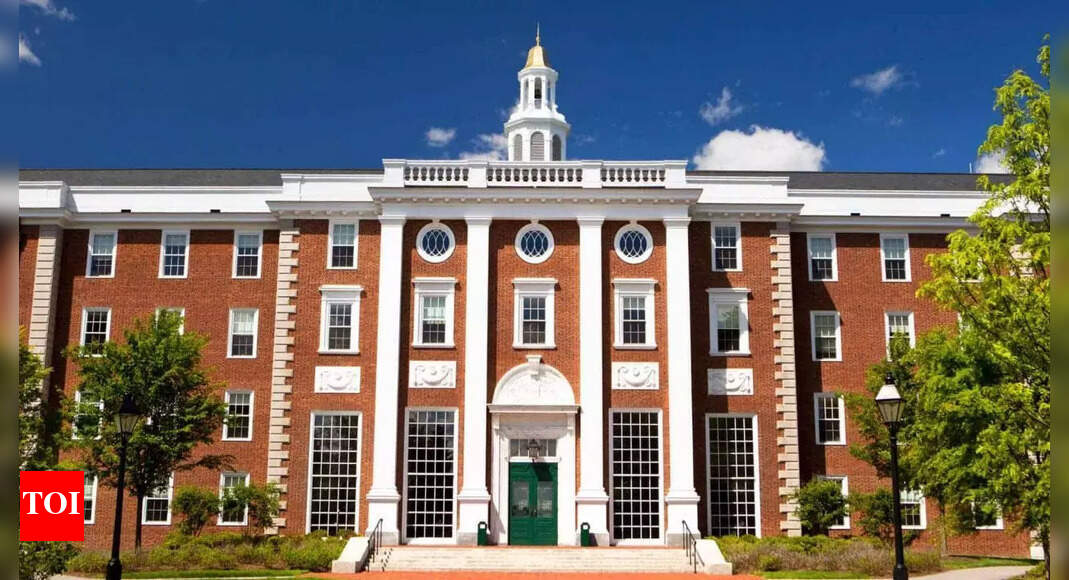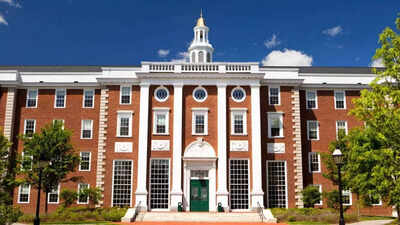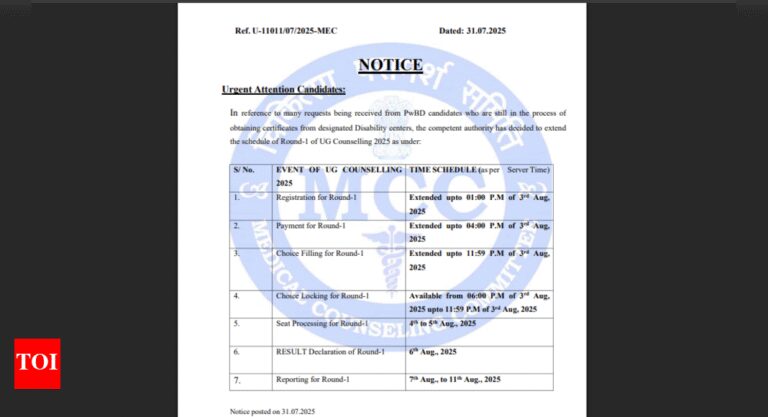
The United States didn’t exist. George Washington wasn’t even born. Yet in this fledgling colony by the Charles River, a handful of English Puritans dared to dream of something revolutionary: not a nation, but a college. One that would “advance learning and perpetuate it to posterity,” as they put it. And thus, Harvard was born: the oldest university in America, older even than the country that would later claim it.Today, Harvard University stands as an emblem of academic excellence and global prestige. But this towering institution, with its $53.2 billion endowment, Nobel laureates, and presidents among alumni, began humbly as a wooden building and a bold idea, nestled in the wilds of colonial New England.
The Puritan Experiment: A college in the wilderness
Harvard’s story begins not with grandeur but with religious urgency. The Puritans of the Massachusetts Bay Colony, fearing a future without educated clergy, voted in 1636 to establish “New College” to train ministers and civic leaders. In 1638, the institution received a bequest from John Harvard, a young English clergyman who had recently died of tuberculosis. He donated his 320-volume library and half his estate, a gift so vital that the college took his name.But this wasn’t just about books and money. It was about belief. These settlers saw education as the linchpin of a moral society. Harvard wasn’t designed to produce aristocrats or bureaucrats. It was meant to shape souls, minds, and missions.Even in these early years, Harvard broke ground. It housed the first known printing press in English-speaking North America, and by 1650, it had a governing charter, the same Harvard Corporation that still runs the university today.
From theocracy to thought
Walk through Harvard Yard today and you’ll find students studying data science, literature, politics, and neuroscience. But back then, the curriculum was almost entirely religious and classical, rooted in Latin, Greek, logic, and theology.For its first few decades, the college aligned closely with Congregationalist Puritanism. The tension between faith and reason would define Harvard’s next 200 years.In 1708, John Leverett became the first president of Harvard who wasn’t a clergyman, generating a signal of changing tides. The 18th century brought increasing secularisation, aligning Harvard with Enlightenment ideas. By the 1800s, under leaders like Henry Ware and Charles William Eliot, Harvard was shedding its denominational skin and reinventing itself as a modern institution.
Rise of the Harvard Elite in 19th century
By the time the Civil War ended, Harvard had become the intellectual capital of New England’s upper class. Presidents, poets, and philosophers walked its halls. Eliot’s presidency (1869–1909) was transformative: under his leadership, Harvard expanded its curriculum, modernised its structure, and founded professional schools for law, medicine, business, that would shape American society.But even as Harvard opened new doors, many remained closed. Women, Jews, Catholics, and people of colour faced enormous barriers. Still, pressure for inclusion simmered—and change, though slow, was coming.
A university at war with tradition
In the 20th century, Harvard became a microcosm of American contradictions. In the 1920s, amid rising Jewish enrolment, Harvard considered implementing anti-Semitic admission quotas. Meanwhile, African American and female students were largely absent from classrooms and housing.Yet Harvard also became a laboratory for innovation. Under James B. Conant, president from 1933 to 1953, Harvard emphasised merit over wealth, pushing for more diverse admissions through standardised testing. After World War II, returning veterans entered the university in record numbers, breaking the Ivy mold.Women, too, found greater access through Radcliffe College, Harvard’s sister school, until the two fully merged in 1999. Today, Harvard boasts women in top leadership roles, including, briefly, its first female president, Drew Gilpin Faust, in 2007.
Into the 21st century: Power, politics, and protest
If Harvard once symbolised elite continuity, it now often reflects academic conflict and cultural change. With students from over 150 countries, the university has become a global institution, but also a lightning rod for debates on race, equity, free speech, and most recently, international politics.In 2025, under the second presidency of Donald Trump, the federal government threatened to cut billions in funding over campus protests related to the Gaza war. When Harvard refused to comply with political demands, the administration retaliated by freezing grants, threatening visas, and launching investigations. Harvard, in turn, sued the government, igniting a national debate over academic freedom and university autonomy.This wasn’t the first time Harvard had been in conflict with authority—and it likely won’t be the last.
Harvard today: A living archive of American education
So what does it mean for a university to be older than the country that surrounds it?For students in 2025, Harvard is more than a brand or a headline. It is a place where history isn’t just taught—it’s lived. Every brick in Harvard Yard tells a story of conflict and compromise, of tradition and transformation. From the first printing press to digital-era protest, Harvard’s journey is a mirror of America’s imperfect, but always evolving.It’s a reminder that education, at its best, isn’t just about training minds. It’s about building societies. And sometimes, it even comes before the nation itself.TOI Education is on WhatsApp now. Follow us here.








